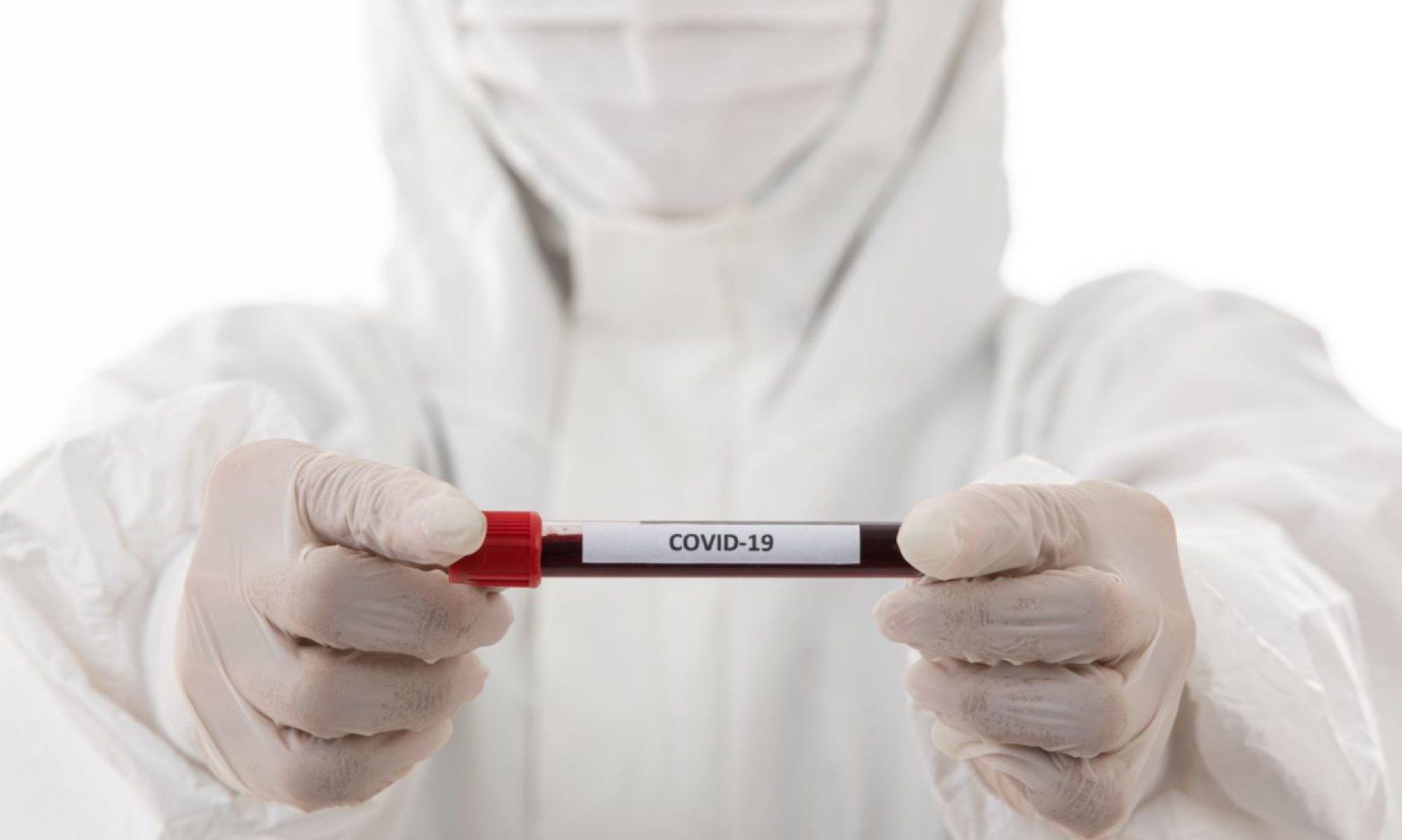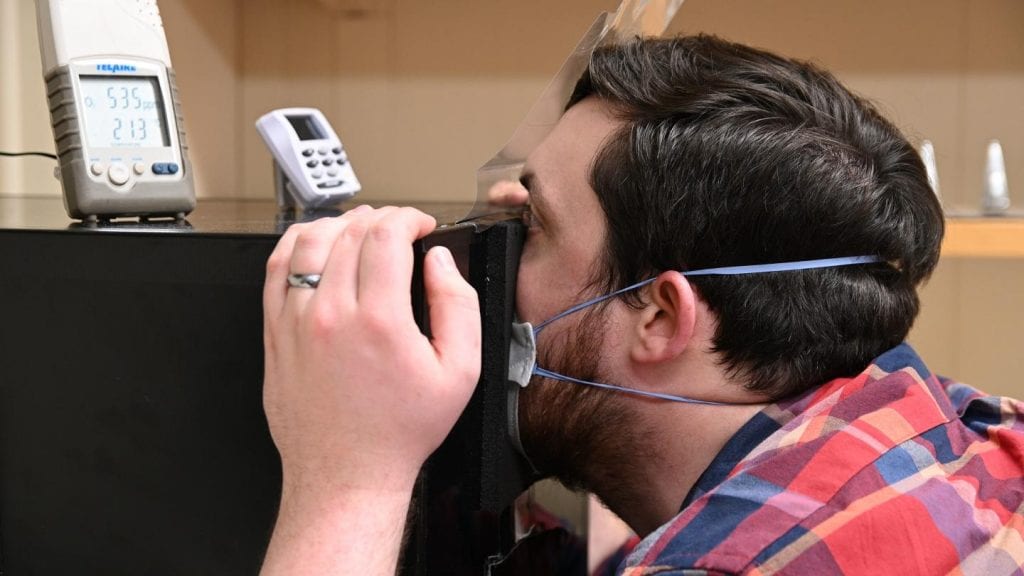New Release:
Even before public announcements of the first cases of COVID-19 in Europe were made, at the end of January 2020, signals that something strange was happening were already circulating on social media. A new study of researchers at IMT School for Advanced Studies Lucca, published in Scientific Reports, has identified tracks of increasing concern about pneumonia cases on posts published on Twitter in seven countries, between the end of 2019 and the beginning of 2020. The analysis of the posts shows that the “whistleblowing” came precisely from the geographical regions where the primary outbreaks later developed.
To conduct the research, the authors first created a unique database with all the messages posted on Twitter containing the keyword “pneumonia” in the seven most spoken languages of the European Union – English, German, French, Italian, Spanish, Polish, and Dutch – from December 2014 until 1 March 2020. The word “pneumonia” was chosen because the disease is the most severe condition induced by the SARS-CoV-2, and also because the 2020 flu season was milder than the previous ones, so there was no reason to think it to be responsible for all the mentions and worries. The researchers then made a number of adjustments and corrections to the posts in the database to avoid overestimating the number of tweets mentioning pneumonia between December 2019 and January 2020, that is to say in the weeks between the World Health Organization (WHO) announcement that the first “cases of pneumonia of unknown etiology” had been identified – on 31 December 2019 – and the official recognition of COVID19 as a serious transmissible disease, on 21 January 2020. In particular, all the tweets and retweets containing links to news about the emerging virus were eliminated from the database to exclude from the count the mass media coverage of the emerging pandemic.
Continue reading “COVID-19 warnings were on Twitter well before the outbreak of the pandemic”


